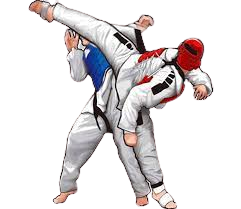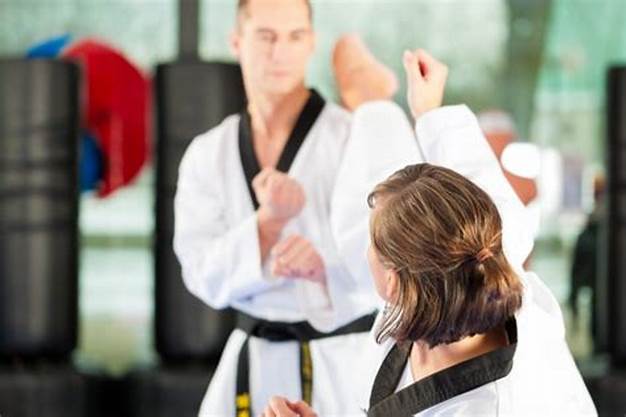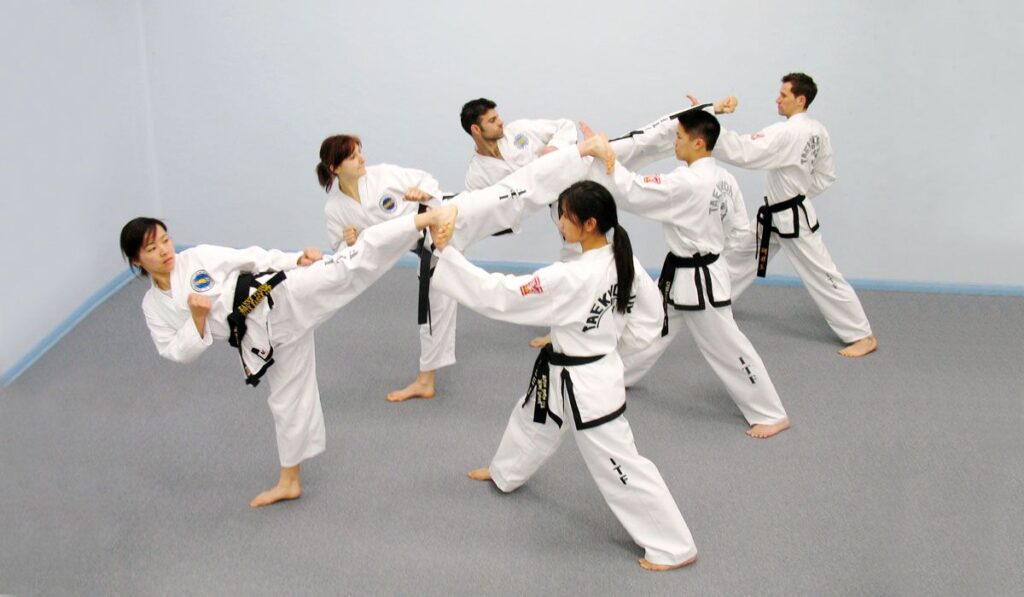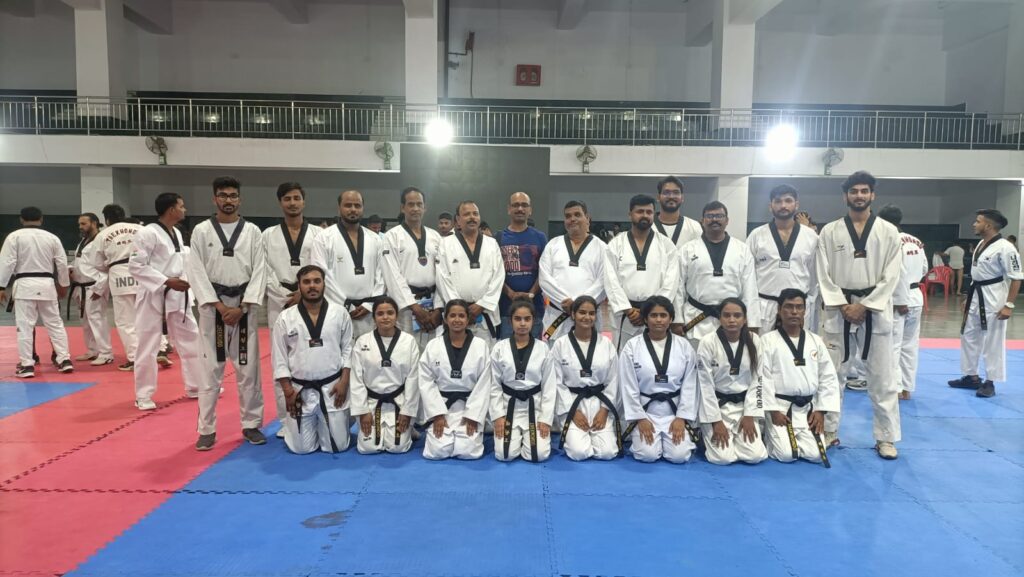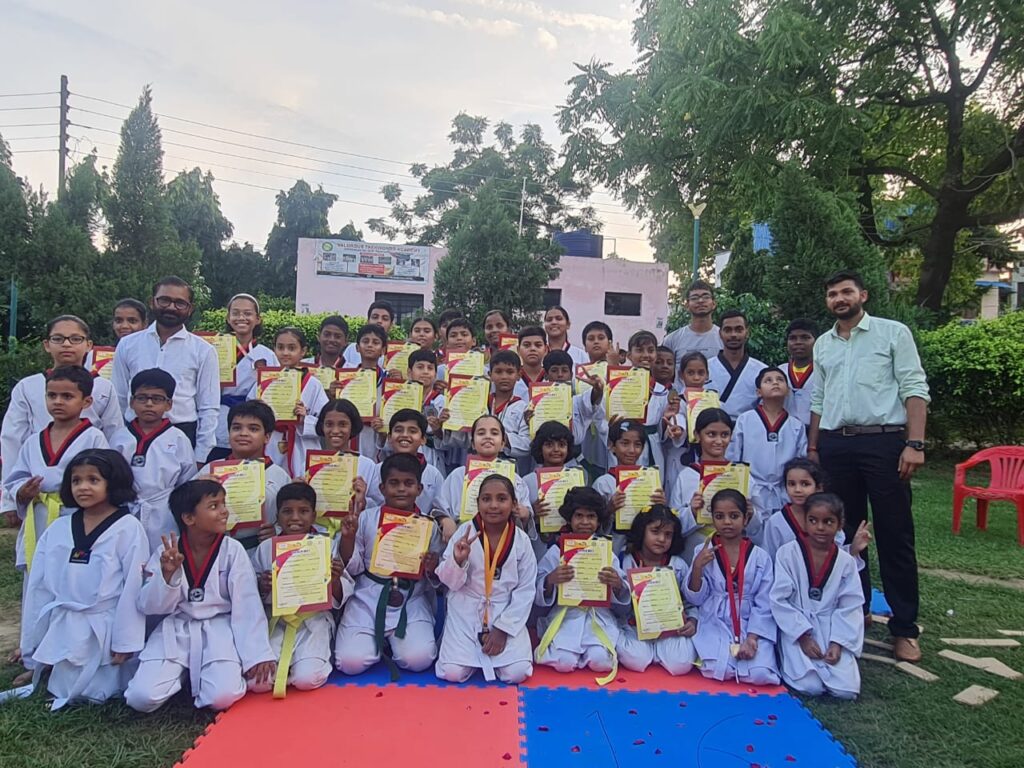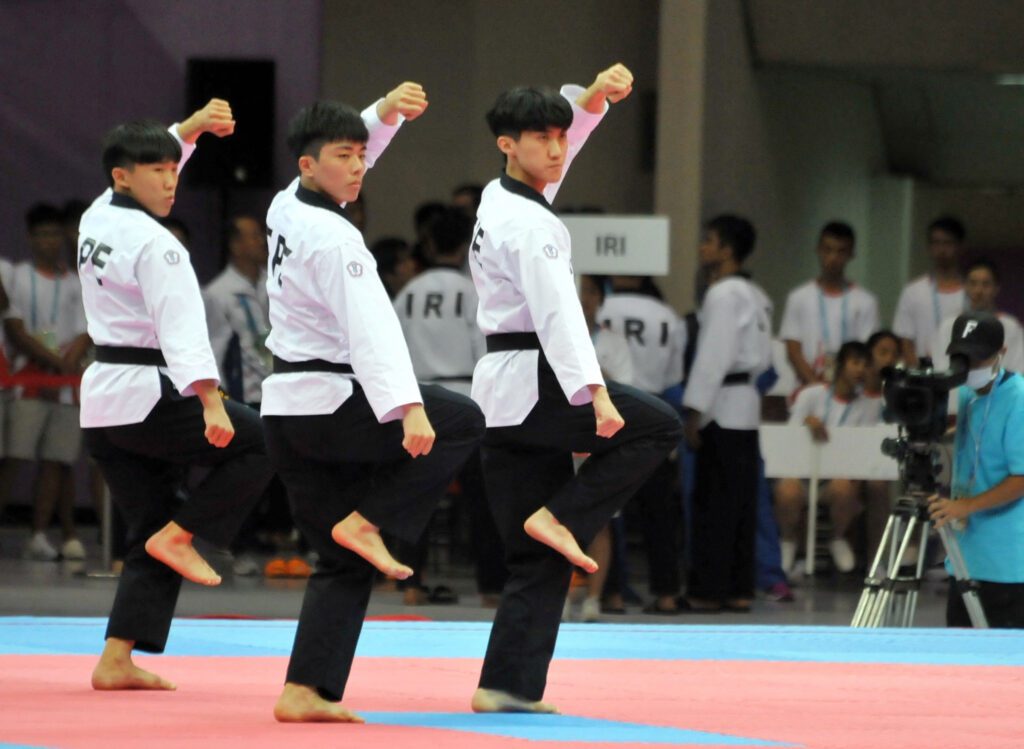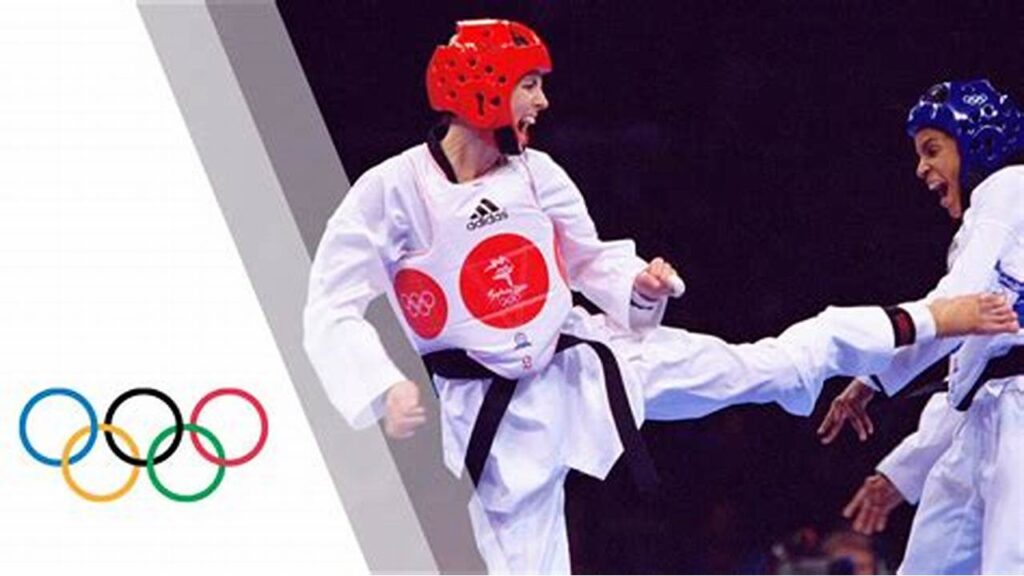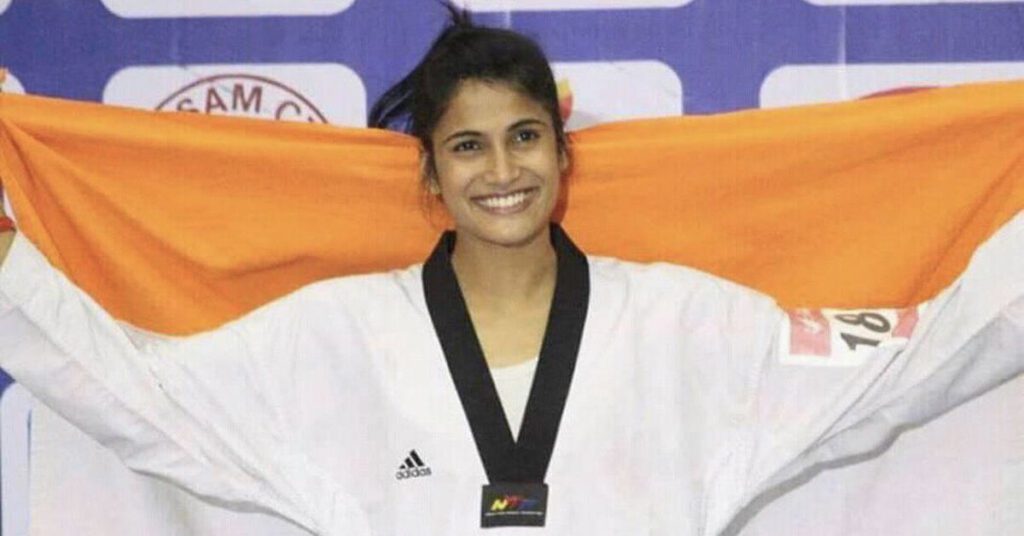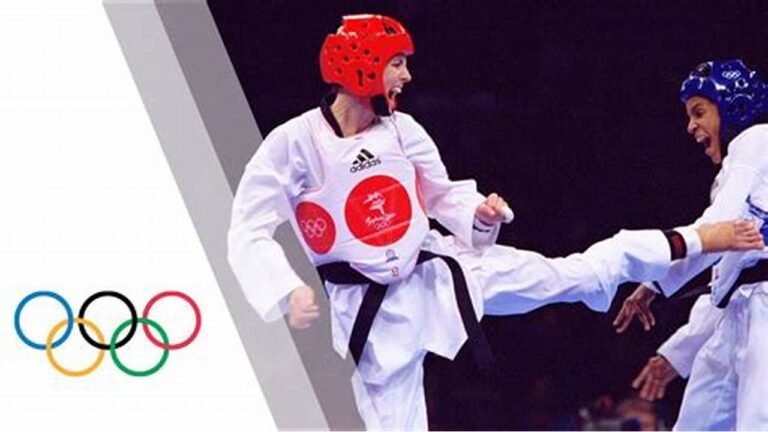
The Road to the Olympics: India's Taekwondo Athletes
What is Taekwondo? how did it become an Olympic sport?
Taekwondo, meaning “the way of kicking and punching,” originated in Korea during the Three-Kingdom era (c. 50 BC). It evolved from the martial art taekkyon. Over time, it became the dominant martial art in Korea, eventually gaining international popularity. World Taekwondo (WT) was founded in 1973, and that year saw the inaugural World Championships in Seoul.
Taekwondo’s journey to becoming an Olympic sport is a result of its growing popularity and efforts by various organizations and individuals to promote the sport on an international level. Here’s a brief overview of how taekwondo became an Olympic sport:
International Recognition: In the 1960s and 1970s, taekwondo gained international recognition as Korean martial arts practitioners began spreading the art around the world. International taekwondo federations were established to oversee the sport’s growth and standardization.
International Olympic Committee (IOC) Recognition: The World Taekwondo Federation (WTF) was established in 1973, which further contributed to the global promotion of taekwondo. The WTF’s efforts eventually led to the sport receiving recognition from the International Olympic Committee (IOC) in 1980.
Demonstration Sport: Taekwondo was first introduced as a demonstration sport in the 1988 Summer Olympics held in Seoul, South Korea. This allowed taekwondo to showcase its techniques and appeal to a broader international audience.
Full Olympic Sport: After the successful demonstration in 1988, taekwondo continued to grow in popularity and participation. As a result, it was officially included as a full medal sport in the 2000 Summer Olympics held in Sydney, Australia.
India's taekwondo Olympic history:
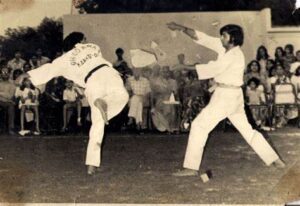 India has participated in several editions of the Olympic Games in taekwondo. However, it’s important to note that taekwondo is a relatively newer sport in India compared to other countries, and Indian athletes have faced challenges in achieving medal success at the Olympic level. Here’s a brief overview of India’s taekwondo Olympic history:
India has participated in several editions of the Olympic Games in taekwondo. However, it’s important to note that taekwondo is a relatively newer sport in India compared to other countries, and Indian athletes have faced challenges in achieving medal success at the Olympic level. Here’s a brief overview of India’s taekwondo Olympic history:
2000 Sydney Olympics: Taekwondo was included as an Olympic sport for the first time in the 2000 Summer Olympics held in Sydney, Australia. India participated in taekwondo at these Games, but the Indian athletes did not secure any medals.
2004 Athens Olympics: India’s participation continued in the 2004 Summer Olympics held in Athens, Greece. Once again, Indian taekwondo athletes did not manage to win any medals.
2008 Beijing Olympics: In the 2008 Summer Olympics held in Beijing, China, India’s Sushil Kumar won a bronze medal in wrestling. However, in taekwondo, Indian athletes did not achieve medal success.
2012 London Olympics: India’s representation in taekwondo continued in the 2012 Summer Olympics held in London, United Kingdom. Unfortunately, Indian taekwondo athletes did not secure any medals.
2016 Rio Olympics: The 2016 Summer Olympics held in Rio de Janeiro, Brazil, also saw Indian taekwondo athletes participating, but they were unable to win any medals.
Qualifications for the Olympics:
- Taekwondo athletes from India qualify based on international performance and criteria set by the IOC and World Taekwondo Federation (WT).
- Olympic ranking points are earned by participating in recognized international taekwondo tournaments.
- Continental qualification tournaments on each continent offer spots to top-ranked athletes.
- A world qualification tournament closer to the Olympics provides additional opportunities for securing spots.
- Host nation spots and Tripartite Commission invitations are other avenues for participation.
Training for Indian Taekwondo Athletes:
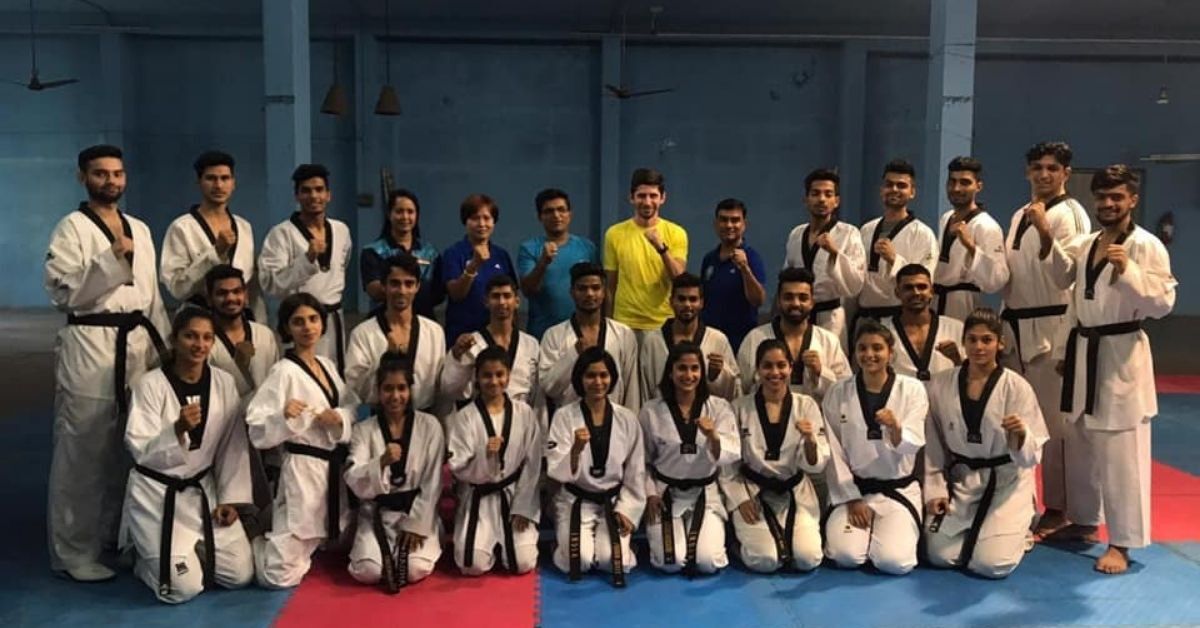
- Rigorous training covers multiple aspects: technical skills, physical conditioning, sparring, mental prep, strategy, nutrition, recovery, competition experience, and cross-training.
- Athletes master kicks, punches, blocks, including spinning and jumping techniques.
- Emphasis on strength, agility, flexibility, and explosive power.
- Regular sparring hones timing and adaptability.
- Mental resilience, visualization, stress management are crucial.
- Coaches analyze opponents for effective game plans.
- Proper diet, recovery routines prevent injuries and boost energy.
- Gain experience through local, national, and international events.
- Despite challenges in a newer sport, Indian athletes prepare with dedicated coaches for international competitions and Olympic aspirations.
Challenges Facing Indian Taekwondo Athletes:
Limited Infrastructure: Lack of proper training facilities, equipment, and specialized coaching hinder optimal development.
Recognition and Funding: Taekwondo’s relatively lower popularity in India leads to limited financial support and recognition from sports authorities.
Competition Exposure: Limited opportunities to participate in high-level international tournaments result in inadequate exposure to diverse opponents and styles.
Sports Culture: A strong emphasis on academics often sidelines sports, impacting athletes’ focus and training.
Awareness and Recruitment: Taekwondo’s awareness and promotion lag behind more established sports, making athlete recruitment a challenge.
Overcoming Challenges:
Specialized Training Centers: Establishing dedicated taekwondo training centers equipped with facilities and expert coaches enhances athlete development.
Government and Corporate Support: Seeking increased financial backing from government agencies and corporate sponsorships can alleviate funding issues.
International Exposure: National federations can organize training camps and overseas tournaments to expose athletes to diverse competition.
Balancing Academics and Sports: Creating support systems for athletes to balance education and sports ensures their holistic growth.
Promotion and Grassroots Development: Increased awareness campaigns, school programs, and grassroots initiatives can promote taekwondo at the grassroots level.
By addressing these challenges and implementing strategic measures, Indian taekwondo athletes can overcome obstacles and enhance their performance on both national and international platforms.
Future of Taekwondo in India:
The horizon for taekwondo in India is promising, poised for expansion with the right guidance and backing. Several avenues could shape its trajectory:
Enhanced Facilities: With improved resources and specialized centers, young talent could be nurtured effectively.
Elevated Recognition: As successes accumulate and awareness grows, sports authorities may offer increased support.
Global Footprint: Consistent strong showings in international events could raise India’s standing in the global taekwondo community.
Youth Engagement: Schools and grassroots initiatives might introduce more youngsters to taekwondo, cultivating a rich talent pool.
Corporate Backing: Contributions from the corporate sector could bolster financial support and resource availability.
Coach Excellence: Cultivating skilled coaches could uplift athletes’ technical and strategic training.
Hopes and Aspirations of India’s Leading Taekwondo Athletes:
Olympic Achievements: The pinnacle ambition is representing India at the Olympics and securing coveted medals.
Global Esteem: Aspiring to earn respect and renown on the international taekwondo stage is a paramount goal.
Youth Inspiration: Aiming to serve as inspirations, athletes aspire to motivate younger generations to embrace taekwondo.
Facility Upgrades: Better training amenities and supportive systems are envisioned to propel their personal growth.
Support Structures: Access to adept coaching, sports science expertise, and nutritional guidance is a common aspiration.
Taekwondo Promotion: Athletes wish to spotlight the virtues of taekwondo and foster wider participation.
Post-Career Prospects: Crafting viable careers post-retirement within the realm of taekwondo is another cherished objective.
Through unwavering commitment, assistance, and strategic foresight, India’s leading taekwondo athletes seek to surmount challenges, fulfill their aspirations, and contribute to the flourishing of taekwondo within the nation.
Also read Top Taekwondo Athletes in India.
Author: Bhoomi Singh

